
To say that Apple’s WWDC 2023 keynote was packed would be an understatement. The company introduced the Vision Pro, its first foray into mixed reality headsets, as well as a 15-inch MacBook Air. There was also an updated Mac Studio and Mac Pro, both of which use the equally new M2 Ultra chip. As you’d expect Apple announced significant upgrades to all its software platforms.
Apple Vision Pro
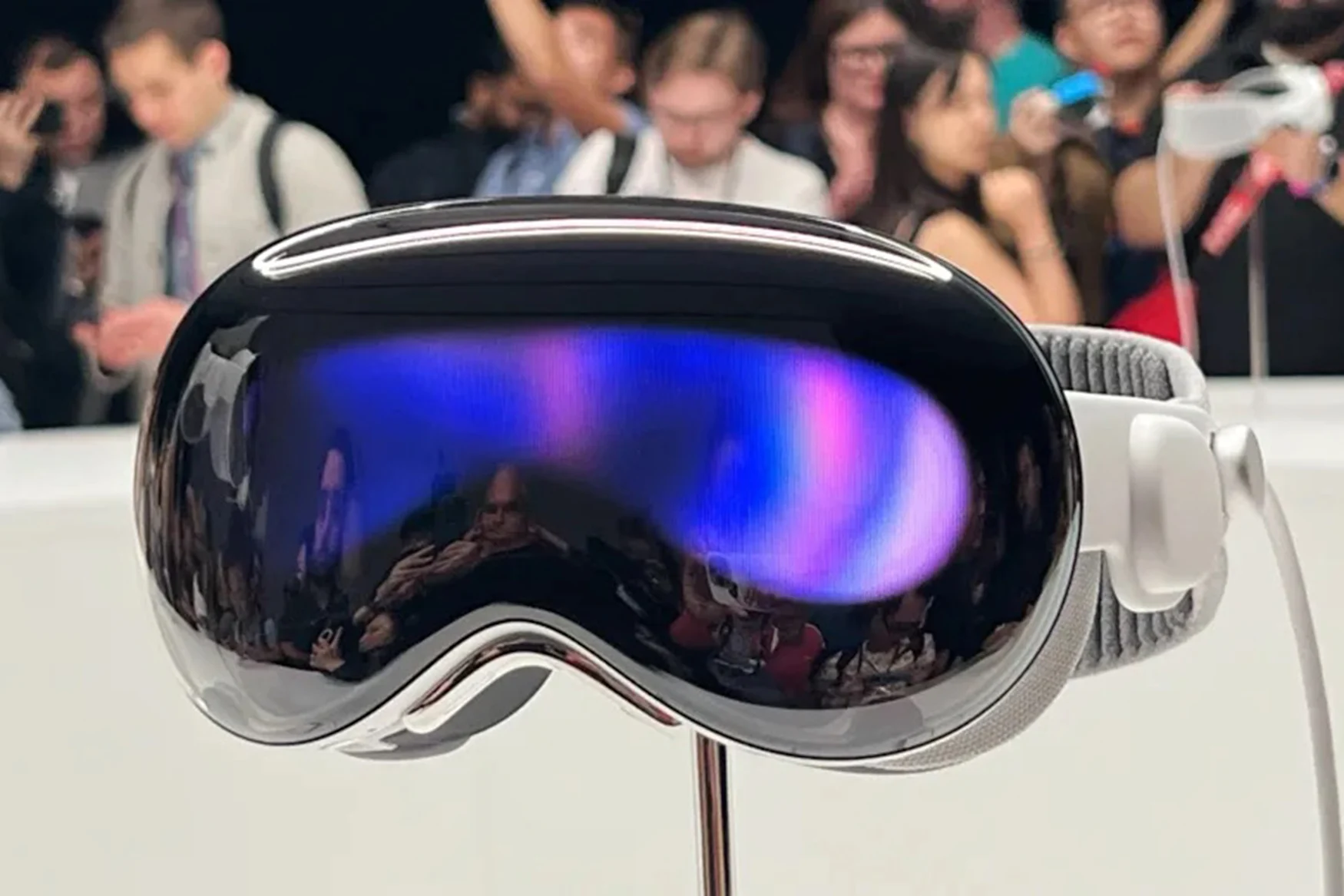
It’s safe to say the Vision Pro was Apple’s marquee device at WWDC. It’s a standalone mixed reality headset with very powerful specs, including an M2 chip (plus an R1 companion chip), 4K displays for each eye and nearly a dozen cameras and sensors that allow for hand gesture input and 3D photography. There’s even an external screen that shows your eyes and notifies others when you’re using apps.
The Vision Pro runs visionOS, a new platform designed from the ground up for spatial computing. It centers on a mixed reality 3D interface that makes apps, FaceTime calls and other tasks effectively float in physical space. You can control your Mac, play games and run iPad apps using a virtual screen. Disney is even planning a suite of experiences that include a Disney+ app.
The headset won’t be cheap. Apple will sell Vision Pro for $3,499, and it won’t be available until early 2024. This is a wearable computer for developers, and Apple is pricing it accordingly.
15-inch MacBook Air
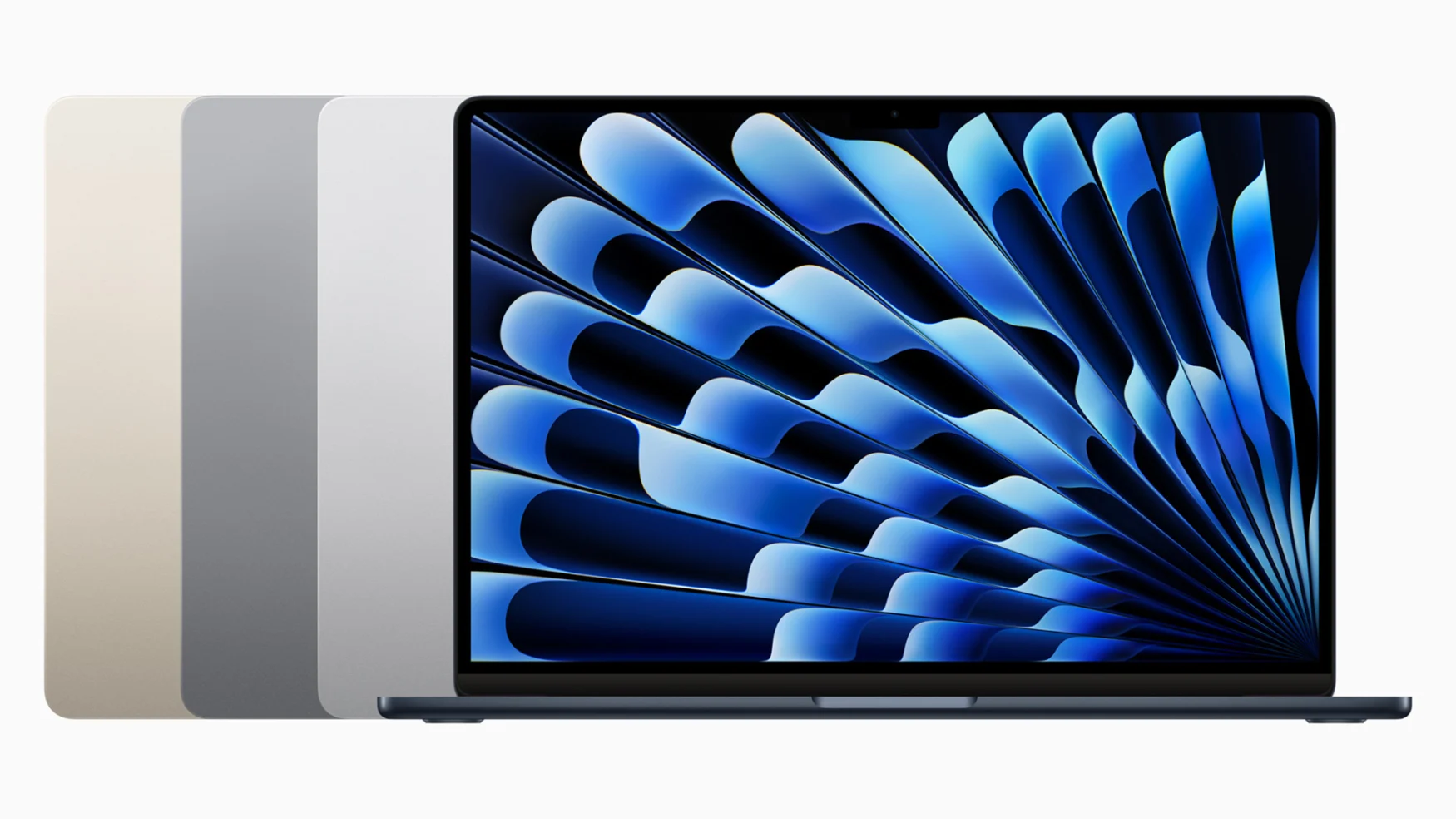
Apple’s first hardware announcement at WWDC might also have been the most important one for everyday users. The company launched the 15-inch MacBook Air, its first truly large laptop aimed at everyday users. It has the same fanless M2 chip, MagSafe connector and twin Thunderbolt 4 ports as its 13-inch counterpart, just with a 15.3-inch display and a longer 18-hour battery life. It’s billed as the “world’s thinnest” 15-inch laptop at 0.45in thick, and relatively light at 3.3lbs.
The 15-inch MacBook Air ships on June 13th starting at $1,299. And if it’s larger than you need, Apple has cut the price of the 13-inch Air to $1,099.
Mac Pro and Mac Studio with M2 Ultra

It took three years, but Apple has finally finished transitioning its computer line to in-house silicon. The company has introduced a Mac Pro that uses a brand new M2 Ultra system-on-chip at its heart. While the workstation shares the same cheese grater look as its Intel-based predecessor, the 24-core CPU, 76-core GPU chip is reportedly up to three times faster. You can’t upgrade the RAM yourself, unfortunately, but seven PCIe slots and eight Thunderbolt 4 ports promise the expansion heavy-duty users demand.
The Mac Studio, meanwhile, is a straightforward refresh of last year’s compact pro machine. It comes in M2 Max and M2 Ultra configurations with a higher-bandwidth HDMI port that supports up to an 8K resolution and 240Hz refresh rates.
Both systems are due to ship June 13th. The upgraded Mac Studio starts at $1,999, while the Mac Pro begins at $6,599.
iOS 17
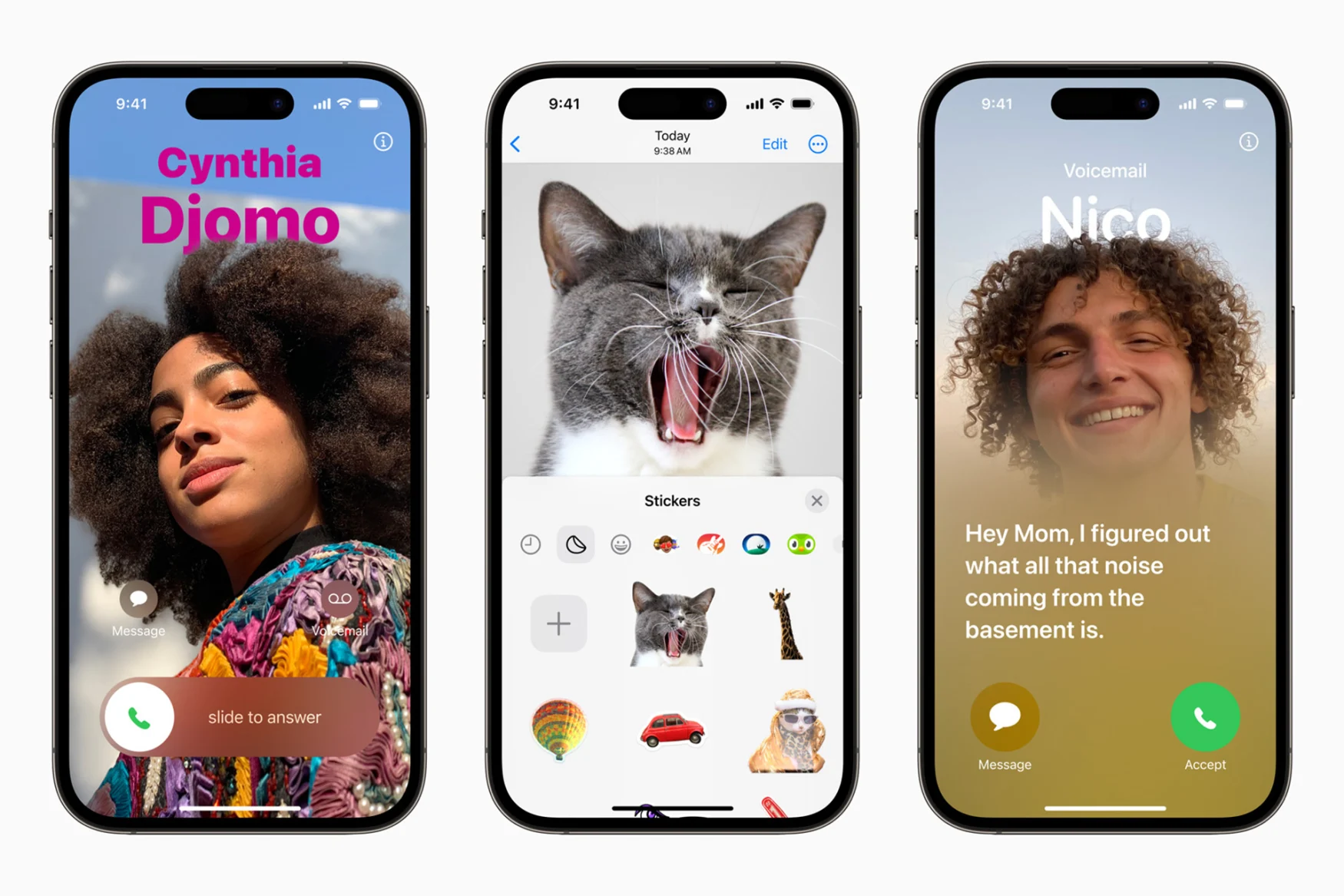
Apple unveiled iOS 17 at WWDC, and this upgrade focuses as much on basic apps as it does extending the iPhone’s functionality. Calls now include contact-specific “posters,” with live transcripts for voicemail. Messages offers a sleeker interface, transcripts, a more powerful sticker feature and location-based check-ins with friends. FaceTime lets you leave video messages. Sharing has improved with proximity-based data and contact sharing, plus AirPlay sharing in hotels and to in-car infotainment systems. Siri is more powerful with support for back-to-back commands that don’t involve the “Siri” keyword, and autocorrect includes sentence-level correction as well as predictions.
A new Journal app in iOS 17 lets you document your activities and thoughts, while mood tracking in Health can help you identify medically relevant emotional changes. Your iPhone can also double as a smart display through StandBy, which shows useful info on widgets while your phone is in landscape mode.
iOS 17 is due in the fall, although a developer preview is available now. A public beta will be ready in July. Notably, Apple is dropping support for the iPhone 8 and iPhone X with this release.
iPadOS 17
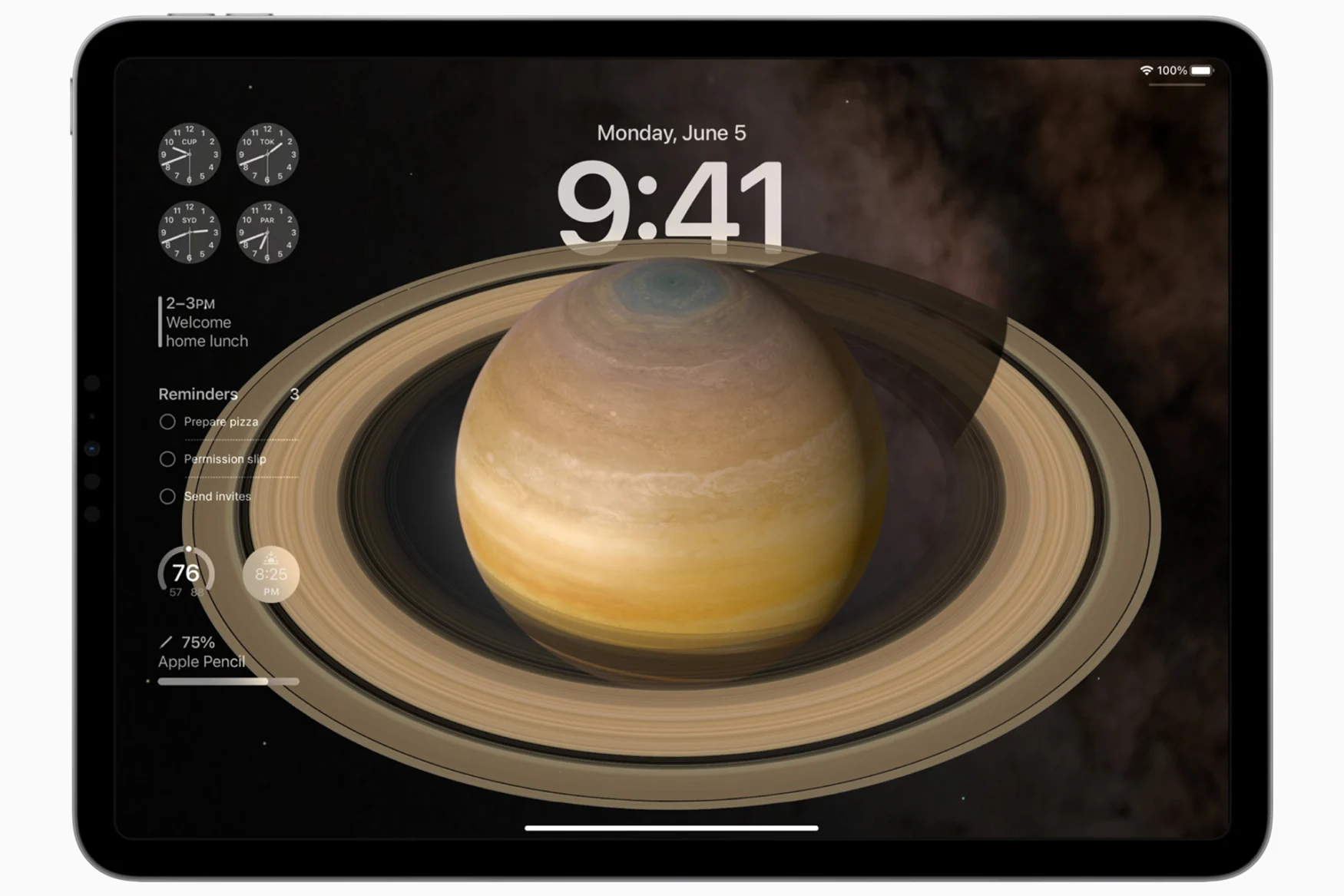
If iOS 17 is about revamping the iPhone experience, iPadOS 17 is about catching up. The newly-announced iPad update adds iOS 16-style lock screen customization, complete with widgets. Those widgets are now interactive on the tablet, though, letting you take actions without jumping into apps. Health is also available on the iPad for the first time, and takes advantage of new iOS features like mood tracking.
The Notes app will let you annotate and collaborate on PDFs for the first time. Stage Manager multitasking will give you more control over windows, and you can use an external monitor’s webcam for video calls. iOS 17’s Journal app, contact posters and Messages refresh will be available here as well.
iPadOS 17 doesn’t arrive until the fall, but a developer preview is available now. A public test release is expected in July.
WatchOS 10
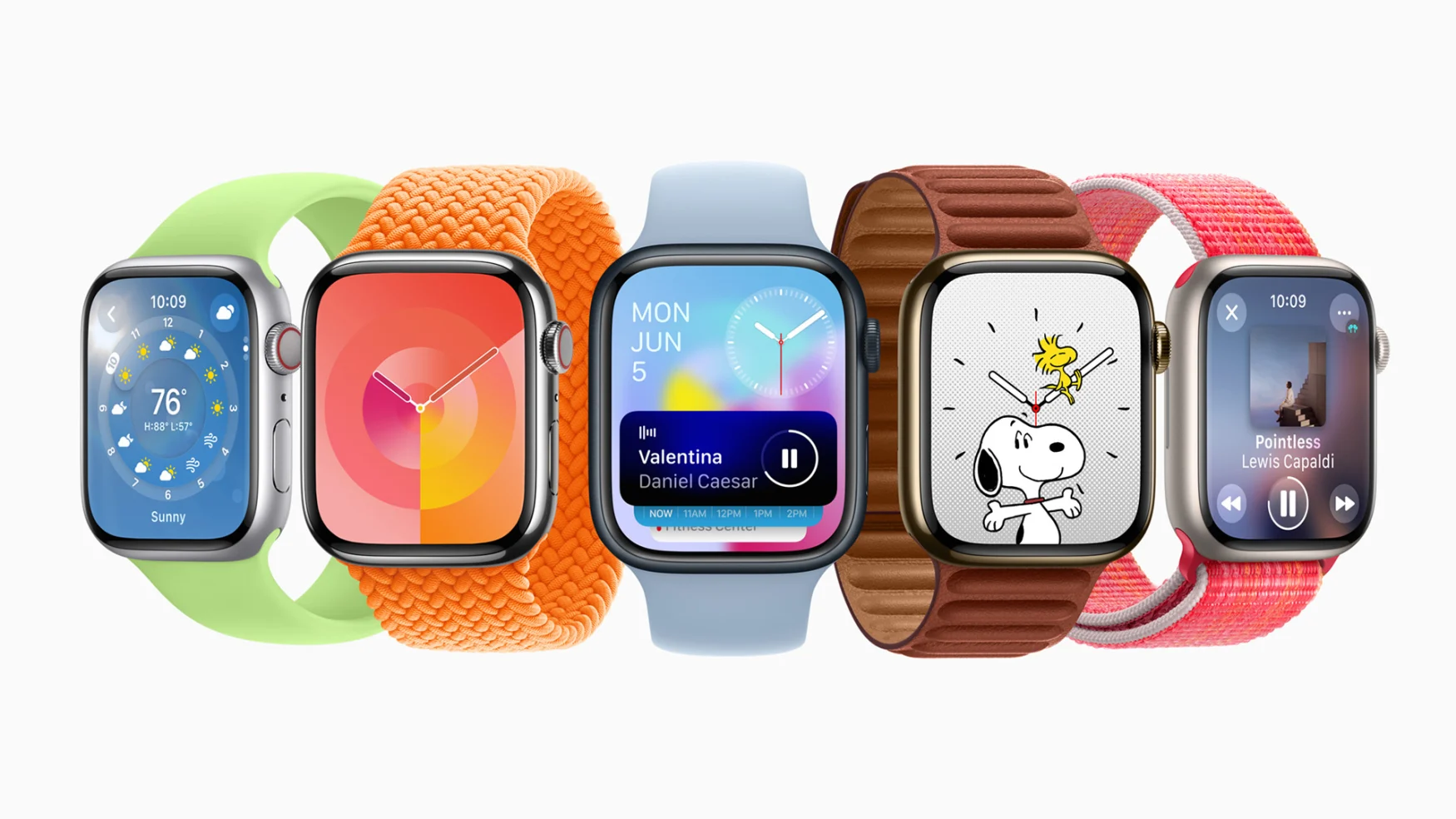
The Apple Watch is getting its first true interface overhaul with watchOS 10. The new OS includes a Smart Stack of widgets for timers, podcasts and other content you can quickly access by spinning the Digital Crown. Key apps like Activity and World Clock are adding more functionality, too. Cyclists will appreciate bike sensor support as well as heart rate and power data, while hikers may like automatic waypoint creation for emergencies as well as topographical maps (including trail searching) and 3D waypoints.
Other additions are more in line with iOS and iPadOS. The Mindfulness app now includes mood tracking, and you’ll get outdoor time tracking to help prevent nearsightedness. You can view FaceTime video messages and join FaceTime group audio chats. If you’re a Fitness+ subscriber, you’ll have custom workout and meditation schedules.
A developer preview of watchOS 10 is available now, with a public beta arriving in July. The finished upgrade surfaces this fall.
MacOS Sonoma
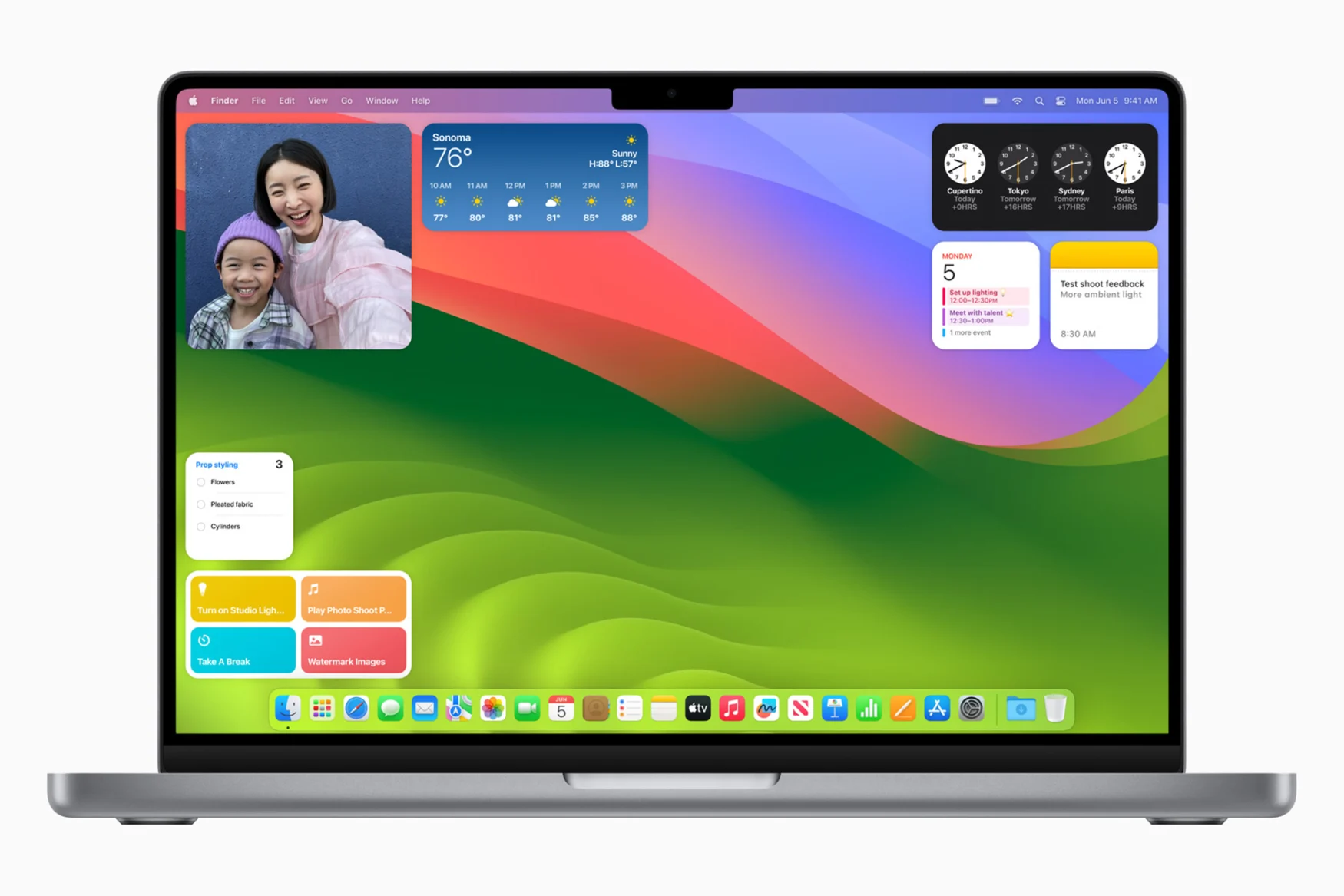
Mac software upgrades tend to both match iOS releases while introducing a few new tricks, and that’s certainly the case for the just-announced macOS Sonoma. The refresh adds interactive desktop widgets that can sync with your iPhone. Video calls get an upgrade with a presenter overlay, reactions and improved screen sharing. Safari adds stricter anti-tracking measures in Private Browsing as well as web apps in the macOS dock. Gamers will appreciate Game Mode’s performance prioritization, and there’s even Apple TV-style video screensavers. Accessibility is improved, too.
Developers can try a macOS Sonoma preview today, while a public beta is slate for July. The finished product is due this fall.
Apple TV and AirPods
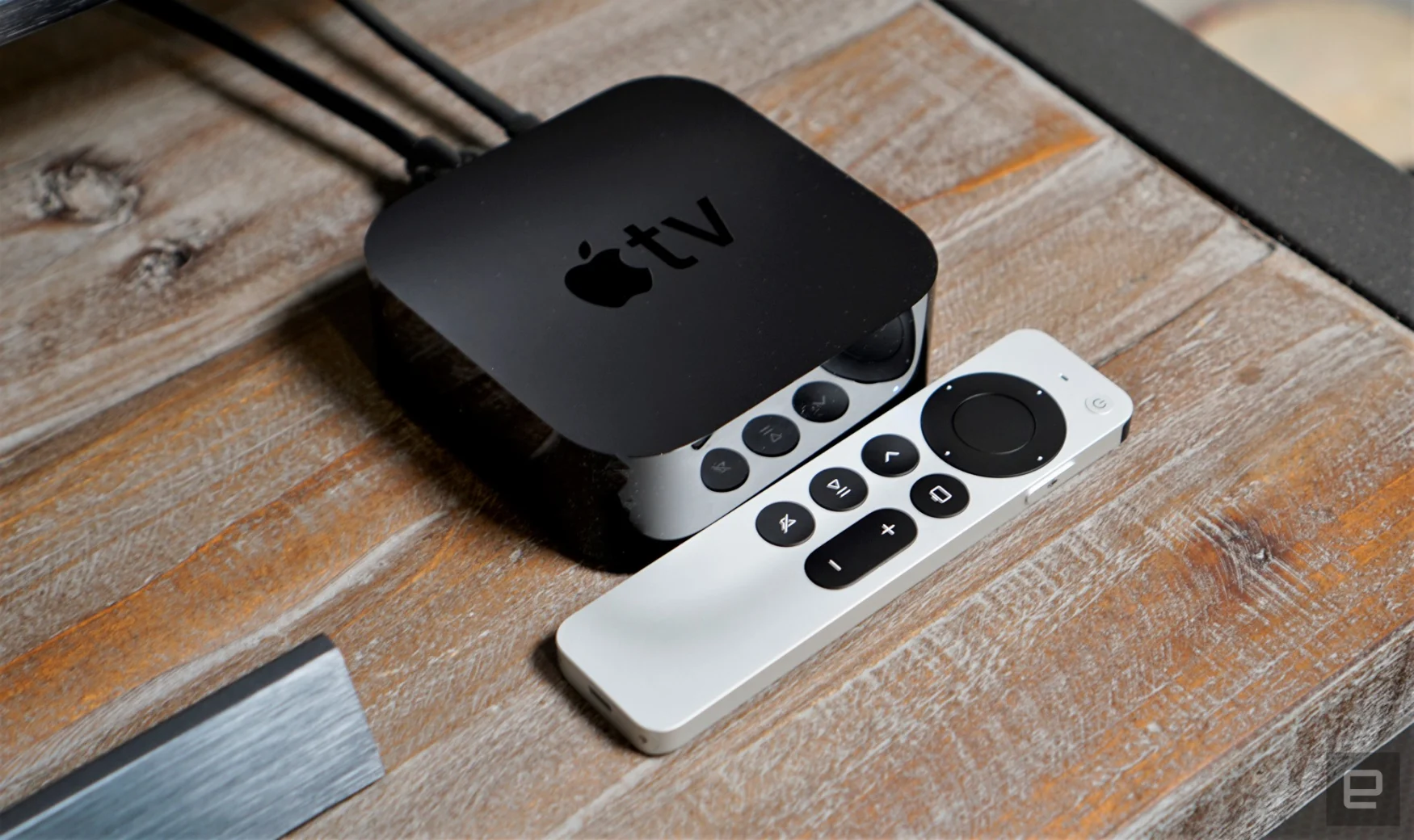
There were a few nice-to-have updates across the ecosystem. Apple TV users running tvOS 17 will get FaceTime calls using an iPhone. Control Center has been redesigned, and you can use Siri to find a lost remote. If you own the second-generation AirPods Pro, you’ll have a new Adaptive Audio feature that adjusts active noise cancellation and transparency mode based on your environment. The earbuds will even predict your volume preferences, and automatically lower the volume when you start speaking to someone else.
Author: Engadget
Source: Engadget



